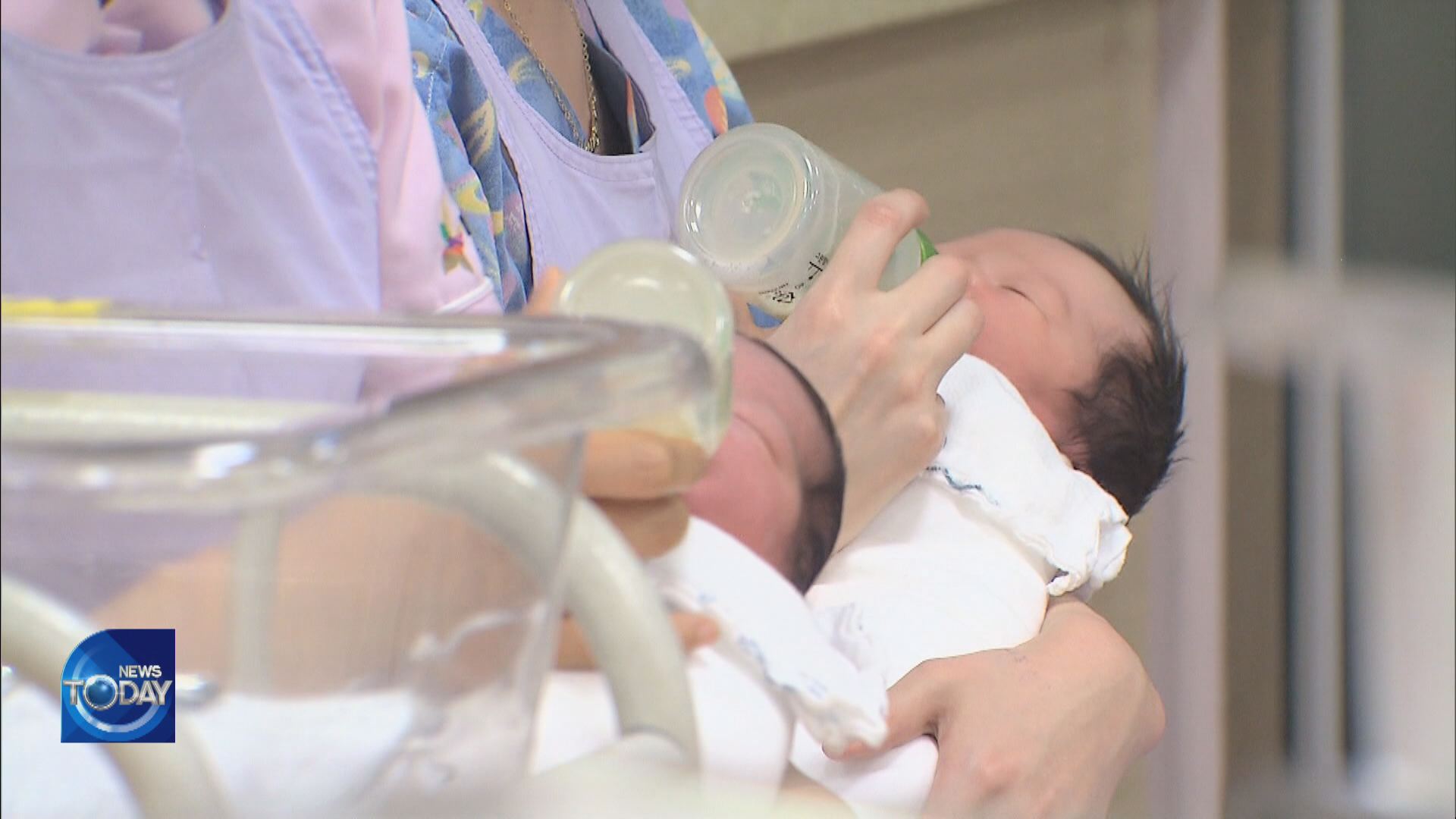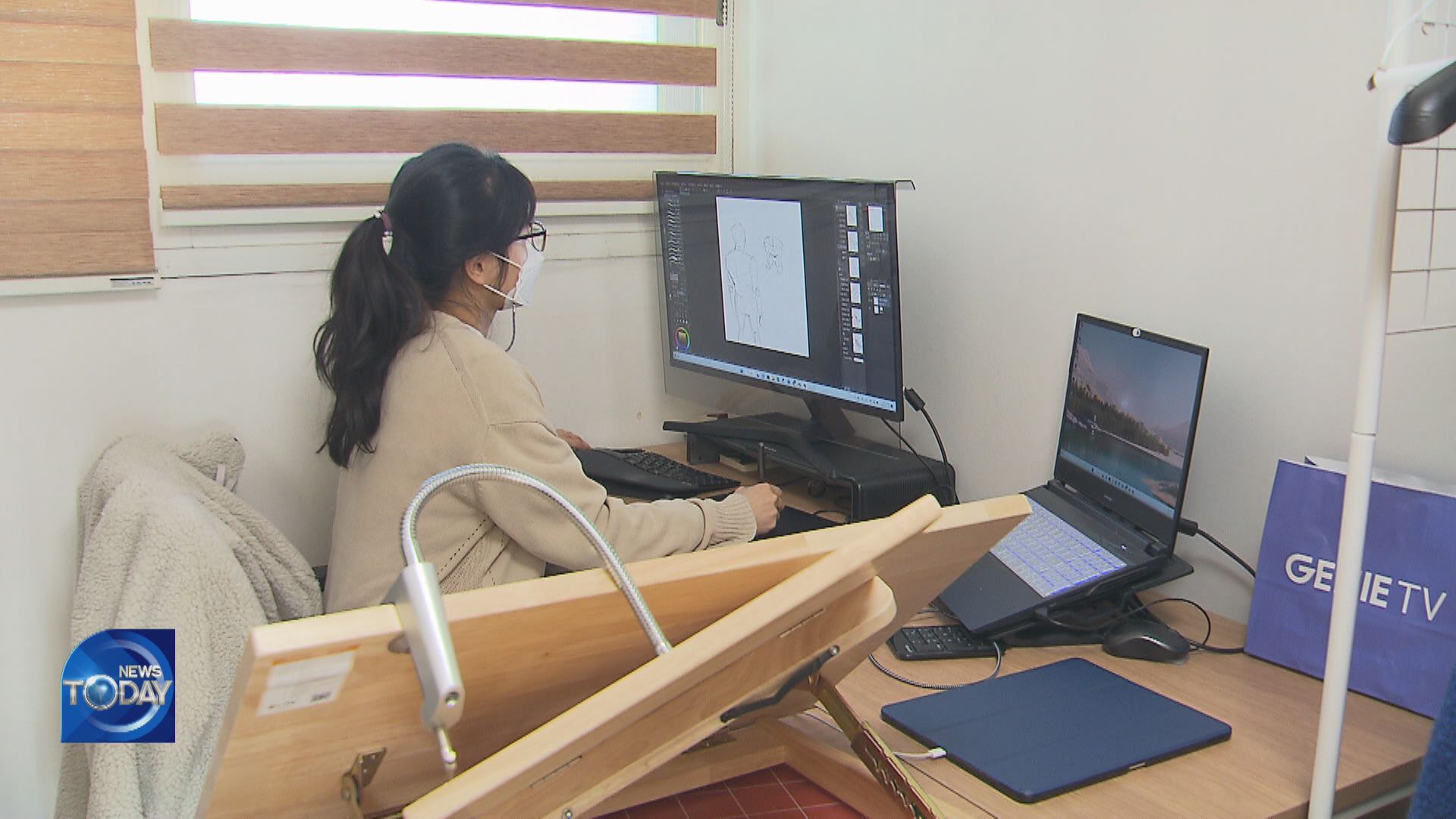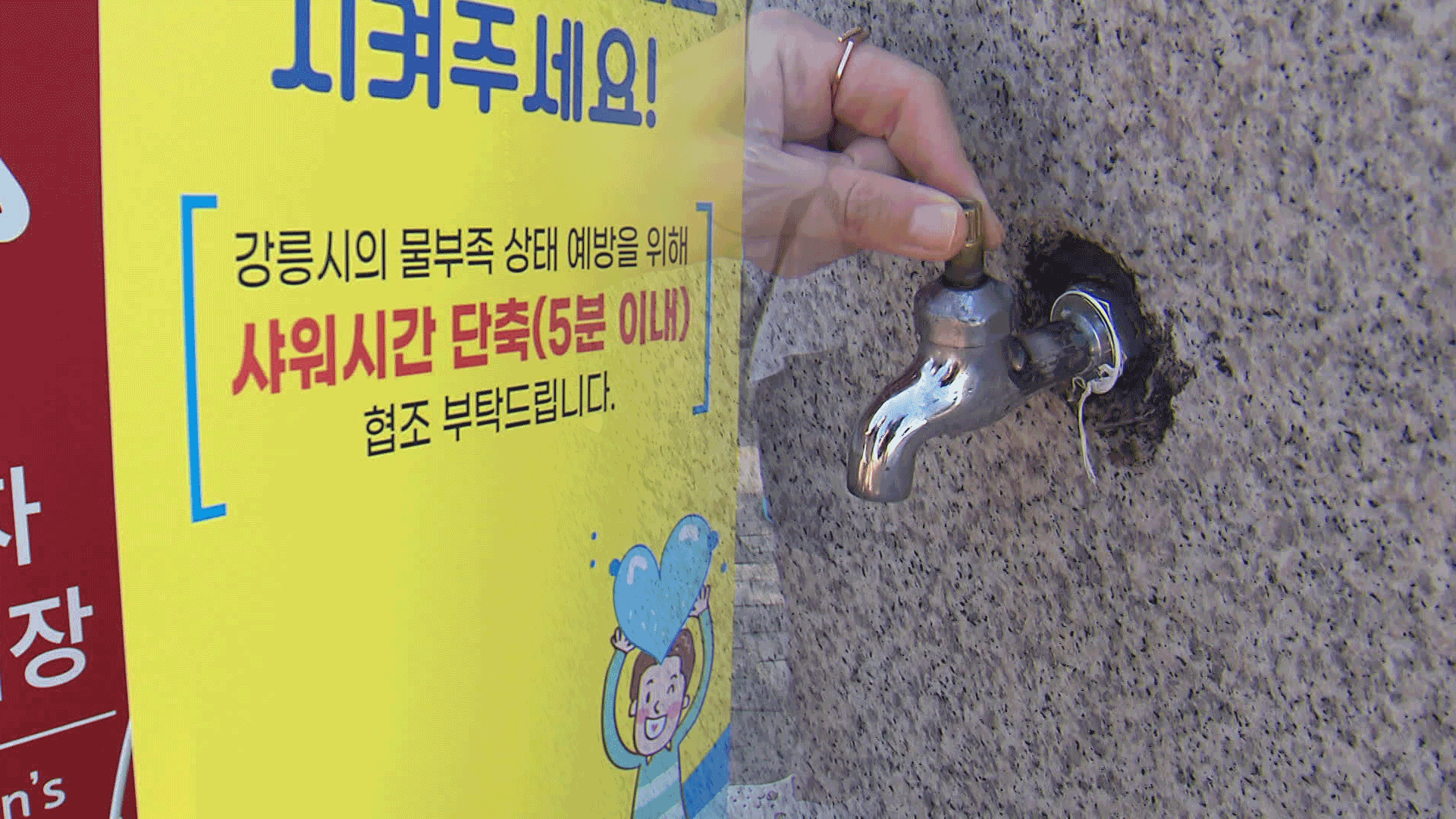S. KOREA’S BIRTH RATE HALVES IN A DECADE
입력 2023.02.23 (15:08)
수정 2023.02.23 (16:45)
읽어주기 기능은 크롬기반의
브라우저에서만 사용하실 수 있습니다.
[Anchor Lead]
The number of new borns in Korea fell to a record-low last year, plummeting to below 250,000. This is the lowest rate among OECD countries, and even lower than Japan which have struggled with low birth rates and aging population for quite some time.
[Pkg]
[Soundbite] (KBS News 9(Feb.26, 2013)) : "A growing number of families are having their third child, baby-girls, these days. The number of newborns has been on the rise for three straight years."
Ten years ago, news reports indicated that the number of newborns was on the rise. At the time, the country recorded roughly 484-thousand births in a year. Since then, the number of newborns has been on a decline every year, falling below 300-thousand in 2020 and plummeting to below 250-thousand last year. It nearly halved in just a decade. The total fertility rate, which indicates how many children a woman is expected to have in her lifetime, plunged to 0.78. For the eighth consecutive year, Korea has been the only nation among the OECD countries to have a fertility rate below one and dead last in the rankings. It's even lower than in Japan, which is also struggling with low birth rates.
[Soundbite] Prof. Koo Jeong-woo(Sungkyunkwan Univ.) : "Korea’s total fertility rate is half that of the OECD average and nearly half of Japan’s. The demographic issue is a matter of survival. It threatens the very foundation of our survival."
With the median childbearing age becoming older each year, reversing the plummeting total fertility rate would be difficult.
[Soundbite] Lim Young-il(Statistics Korea) : "The childbearing period is decreasing, which results in fewer newborns."
Sejong is the only place among 17 Korean cities and provinces to have a fertility rate that exceeds 1. But it too is falling rapidly. The government predicts the number of newborns to decrease by more than ten thousand this year, and the total fertility rate to fall even further to 0.73.
The number of new borns in Korea fell to a record-low last year, plummeting to below 250,000. This is the lowest rate among OECD countries, and even lower than Japan which have struggled with low birth rates and aging population for quite some time.
[Pkg]
[Soundbite] (KBS News 9(Feb.26, 2013)) : "A growing number of families are having their third child, baby-girls, these days. The number of newborns has been on the rise for three straight years."
Ten years ago, news reports indicated that the number of newborns was on the rise. At the time, the country recorded roughly 484-thousand births in a year. Since then, the number of newborns has been on a decline every year, falling below 300-thousand in 2020 and plummeting to below 250-thousand last year. It nearly halved in just a decade. The total fertility rate, which indicates how many children a woman is expected to have in her lifetime, plunged to 0.78. For the eighth consecutive year, Korea has been the only nation among the OECD countries to have a fertility rate below one and dead last in the rankings. It's even lower than in Japan, which is also struggling with low birth rates.
[Soundbite] Prof. Koo Jeong-woo(Sungkyunkwan Univ.) : "Korea’s total fertility rate is half that of the OECD average and nearly half of Japan’s. The demographic issue is a matter of survival. It threatens the very foundation of our survival."
With the median childbearing age becoming older each year, reversing the plummeting total fertility rate would be difficult.
[Soundbite] Lim Young-il(Statistics Korea) : "The childbearing period is decreasing, which results in fewer newborns."
Sejong is the only place among 17 Korean cities and provinces to have a fertility rate that exceeds 1. But it too is falling rapidly. The government predicts the number of newborns to decrease by more than ten thousand this year, and the total fertility rate to fall even further to 0.73.
■ 제보하기
▷ 카카오톡 : 'KBS제보' 검색, 채널 추가
▷ 전화 : 02-781-1234, 4444
▷ 이메일 : kbs1234@kbs.co.kr
▷ 유튜브, 네이버, 카카오에서도 KBS뉴스를 구독해주세요!
- S. KOREA’S BIRTH RATE HALVES IN A DECADE
-
- 입력 2023-02-23 15:08:32
- 수정2023-02-23 16:45:06

[Anchor Lead]
The number of new borns in Korea fell to a record-low last year, plummeting to below 250,000. This is the lowest rate among OECD countries, and even lower than Japan which have struggled with low birth rates and aging population for quite some time.
[Pkg]
[Soundbite] (KBS News 9(Feb.26, 2013)) : "A growing number of families are having their third child, baby-girls, these days. The number of newborns has been on the rise for three straight years."
Ten years ago, news reports indicated that the number of newborns was on the rise. At the time, the country recorded roughly 484-thousand births in a year. Since then, the number of newborns has been on a decline every year, falling below 300-thousand in 2020 and plummeting to below 250-thousand last year. It nearly halved in just a decade. The total fertility rate, which indicates how many children a woman is expected to have in her lifetime, plunged to 0.78. For the eighth consecutive year, Korea has been the only nation among the OECD countries to have a fertility rate below one and dead last in the rankings. It's even lower than in Japan, which is also struggling with low birth rates.
[Soundbite] Prof. Koo Jeong-woo(Sungkyunkwan Univ.) : "Korea’s total fertility rate is half that of the OECD average and nearly half of Japan’s. The demographic issue is a matter of survival. It threatens the very foundation of our survival."
With the median childbearing age becoming older each year, reversing the plummeting total fertility rate would be difficult.
[Soundbite] Lim Young-il(Statistics Korea) : "The childbearing period is decreasing, which results in fewer newborns."
Sejong is the only place among 17 Korean cities and provinces to have a fertility rate that exceeds 1. But it too is falling rapidly. The government predicts the number of newborns to decrease by more than ten thousand this year, and the total fertility rate to fall even further to 0.73.
The number of new borns in Korea fell to a record-low last year, plummeting to below 250,000. This is the lowest rate among OECD countries, and even lower than Japan which have struggled with low birth rates and aging population for quite some time.
[Pkg]
[Soundbite] (KBS News 9(Feb.26, 2013)) : "A growing number of families are having their third child, baby-girls, these days. The number of newborns has been on the rise for three straight years."
Ten years ago, news reports indicated that the number of newborns was on the rise. At the time, the country recorded roughly 484-thousand births in a year. Since then, the number of newborns has been on a decline every year, falling below 300-thousand in 2020 and plummeting to below 250-thousand last year. It nearly halved in just a decade. The total fertility rate, which indicates how many children a woman is expected to have in her lifetime, plunged to 0.78. For the eighth consecutive year, Korea has been the only nation among the OECD countries to have a fertility rate below one and dead last in the rankings. It's even lower than in Japan, which is also struggling with low birth rates.
[Soundbite] Prof. Koo Jeong-woo(Sungkyunkwan Univ.) : "Korea’s total fertility rate is half that of the OECD average and nearly half of Japan’s. The demographic issue is a matter of survival. It threatens the very foundation of our survival."
With the median childbearing age becoming older each year, reversing the plummeting total fertility rate would be difficult.
[Soundbite] Lim Young-il(Statistics Korea) : "The childbearing period is decreasing, which results in fewer newborns."
Sejong is the only place among 17 Korean cities and provinces to have a fertility rate that exceeds 1. But it too is falling rapidly. The government predicts the number of newborns to decrease by more than ten thousand this year, and the total fertility rate to fall even further to 0.73.
이 기사가 좋으셨다면
-
좋아요
0
-
응원해요
0
-
후속 원해요
0










![[HEADLINE]](https://news.kbs.co.kr/data/news/title_image/newsmp4/news_today/2023/02/23/10_7612163.jpeg)

![[속보] ‘건진법사 목걸이 청탁’ 통일교 전 간부 구속](/data/news/2025/07/30/20250730_3xkhiT.jpg)




이 기사에 대한 의견을 남겨주세요.